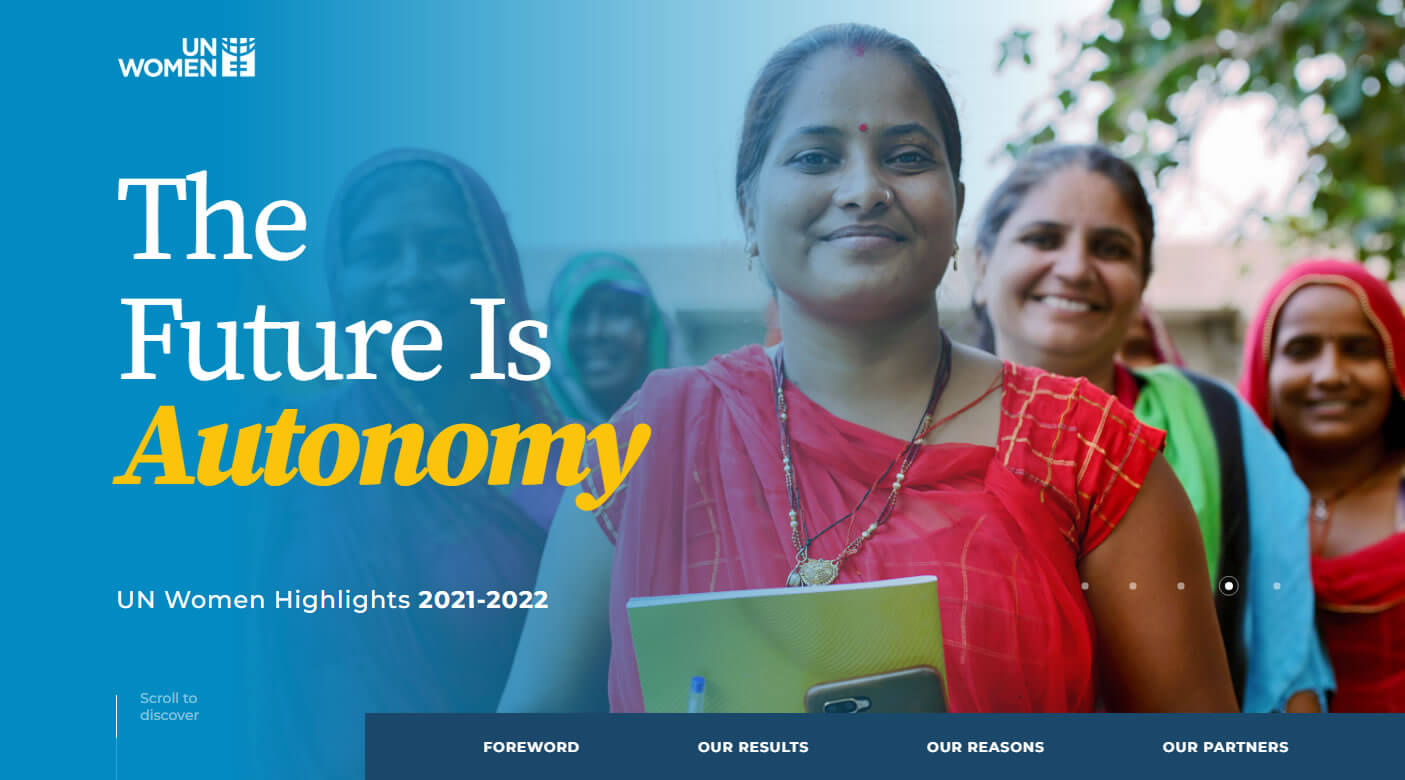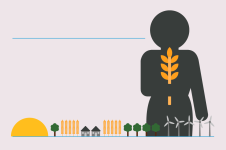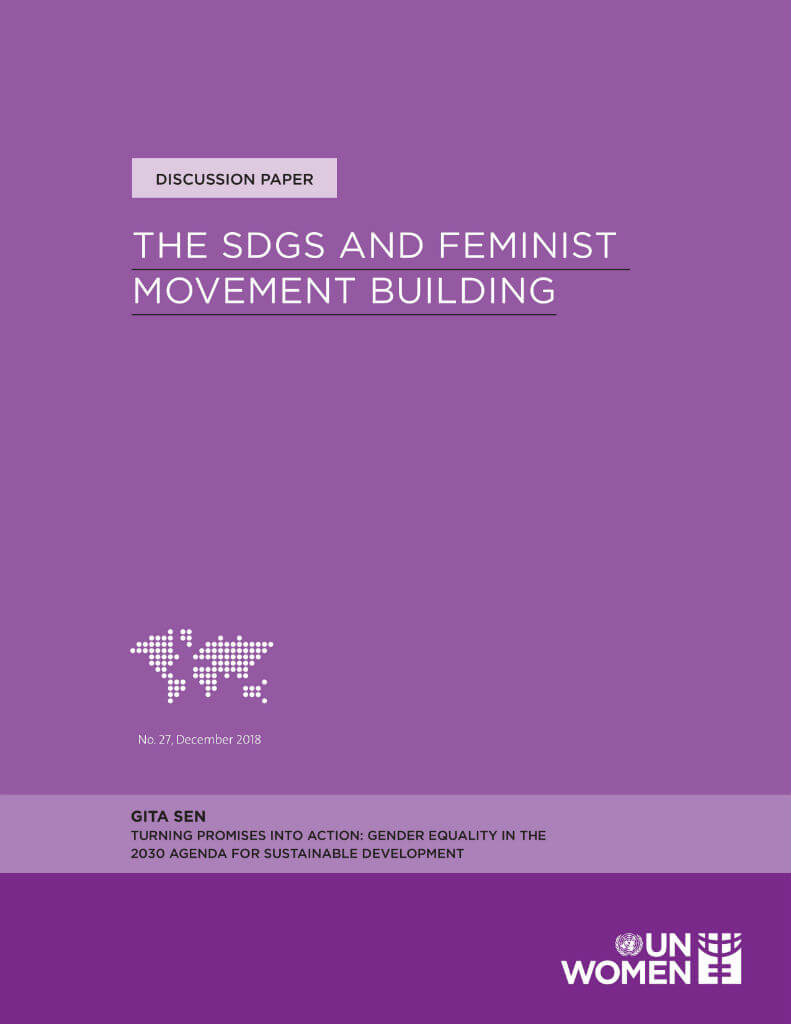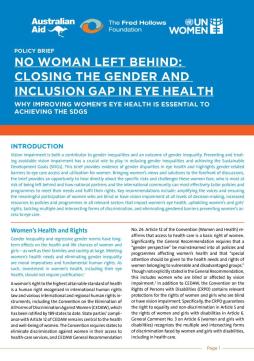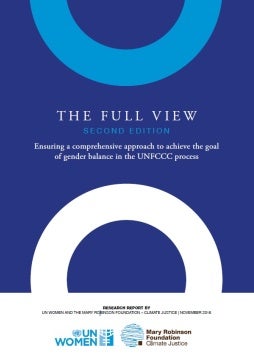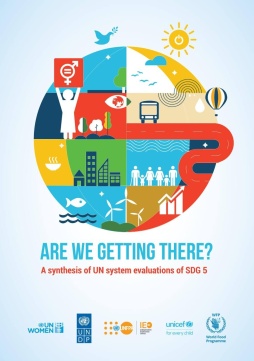The SDGs and feminist movement building
This discussion paper views the whys and hows of feminist engagement with the Sustainable Development Goals (SDGs) in a broader context: the key UN-related processes from the time women began getting involved with them in the 1970s. This contextual analysis for the period from the 1970s up to 2010 illuminates a central argument of the paper: namely, that feminist movement building is not a simple volitional act but is enmeshed in the fluxes and changes of its external environment and institutions.
This historical background sets the stage for a more in-depth discussion of the recent period of the SDGs. Given the long history and persistence of gender inequality and violations of girls’ and women’s human rights, such a perspective is essential for a more balanced understanding of where we need to go and how to advance more sustainable transformations.
The feminist movement is no stranger to adverse economic, social, and political environments. This paper argues that the ability of feminist organizations to hold their own in this fierce world, to defend human rights, and to advance economic, ecological, and gender justice requires not only clarity of vision and a track record of analysis and advocacy, but also stronger communications skills, greater organizational resilience and effectiveness, and the ability to build and nurture effective alliances in which younger people play strong roles.
This paper was produced for UN Women’s flagship report, “Turning promises into action: Gender equality in the 2030 Agenda for Sustainable Development”, to be released as part of the UN Women discussion paper series.




